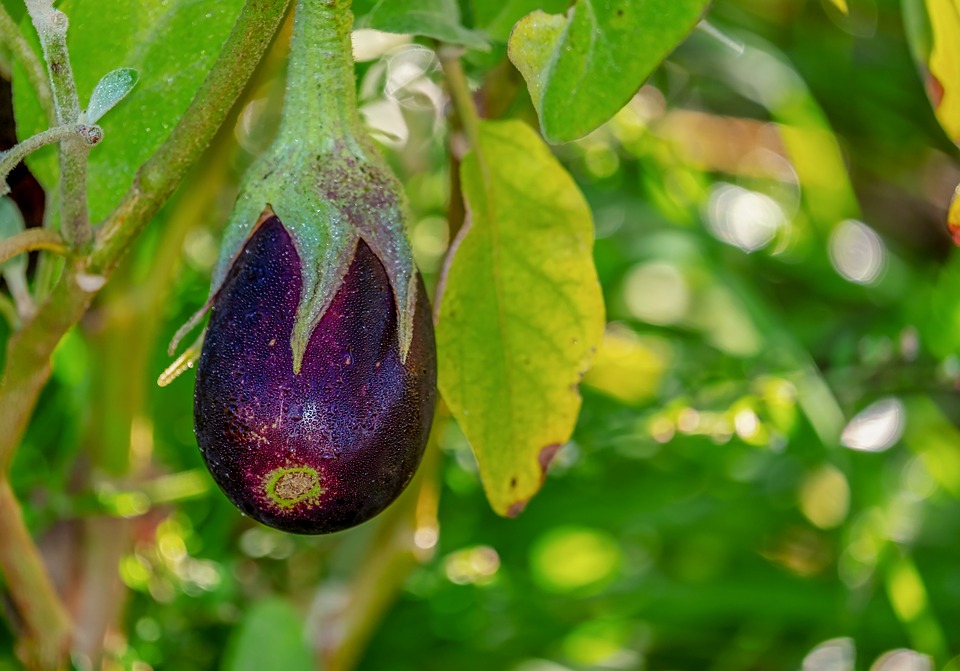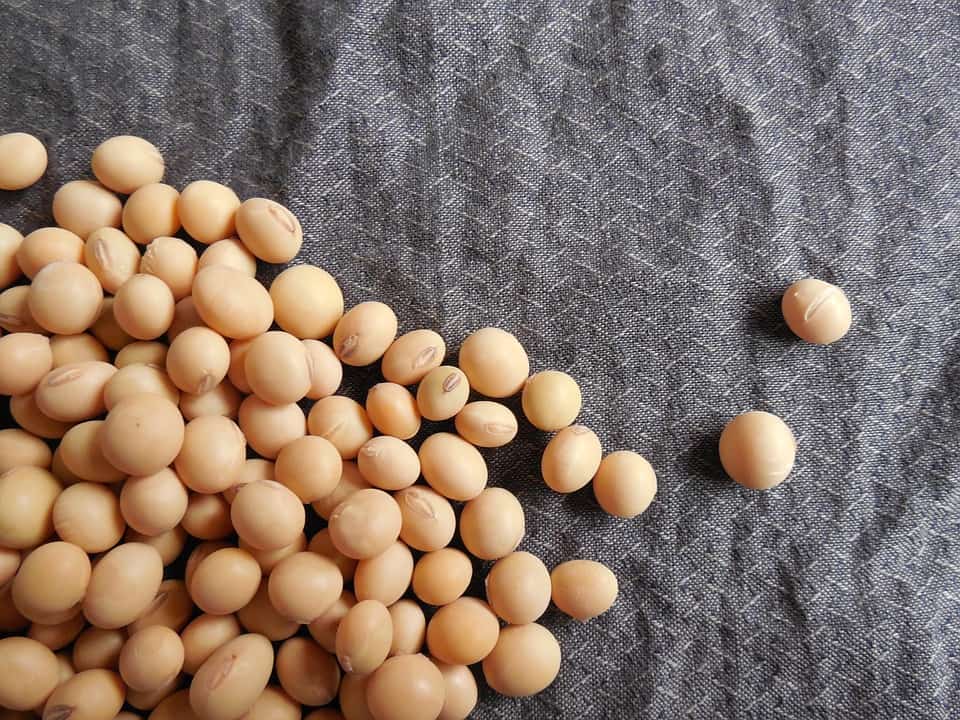Useful properties of ostrich eggs
Over the past few years, ostrich eggs have become in demand among the population of Eurasia and America. Some people eat them to be fashionable, and others eat them because of their useful properties. You can buy such a delicacy on special ostrich farms, the number of which grows over the years in almost every city in Europe and Asia. This is what my blog is about today.
Only unfertilized eggs are used for food. Ostriches, as a rule, lay eggs in the warm season, so in winter this delicacy is almost impossible to purchase.
Ostrich eggs have an average weight of 1 to 1.5 kg, which is 30-35 times more than the usual chicken egg. The color of the shell depends on the breed of the bird and varies from pinkish-yellow (in Nanda ostriches) to black-green (in Emus ostriches). The protein has a transparent color, similar to that of other birds, and the yolk is a much richer, brighter yellow.
Like any other eggs, ostrich eggs are rich in protein and fats, which are primarily involved in the building of cells in any organ of the human body. Unlike normal chicken eggs, ostrich eggs are completely devoid of harmful substances, because ostriches are fed with high-quality food and they will not consume contaminated food. A 1600 g egg contains 1 kg of protein and 330 g of fat. One adult person for consumption of the daily rate of the main food components needs 100 g of such eggs.
In addition to the main organic substances, ostrich eggs contain vitamins and minerals. Thus, the average vitamin A content in 1g of an egg is 19 μg, vitamin E – 115-117 μg, vitamin B2 – 2 μg. This is almost 2 times higher than in chicken eggs. Also, ostrich embryos contain potassium (0.5–1 mg per 100 g), phosphorus (1 mg per 100 g), sodium (3 mg per 100 g) and calcium (1.5 mg per 100 g). The calorie content of these eggs is 120-160 kcal per 100g of product, which allows them to be used in various weight-loss programs too.
Ostrich eggs, in addition to their nutritional values, are used as a form of treatment and prevention of certain pathological conditions. Thus, in the cardiovascular system, the positive effect of ostrich eggs is found in the prevention of heart attacks, heart failure, angina pectoris and arrhythmia, atherosclerosis and varicose veins. Ostrich eggs help also to go through the rehabilitation period after the heart attack.
Ostrich eggs are recommended for people with excess weight. Products made from the protein and yolk of this bird allow you to lose weight and keep it off even when the diet is over.
Also, ostrich eggs cleanse the intestines and human blood from toxins and free radicals.




